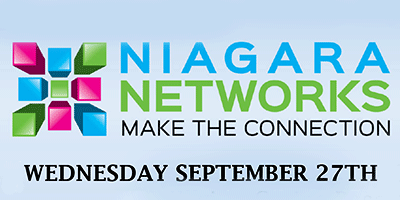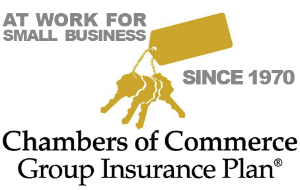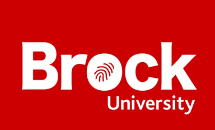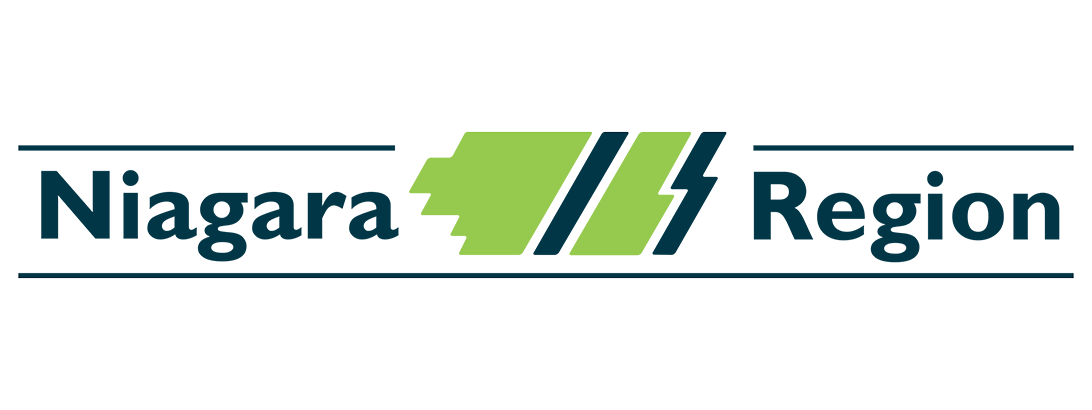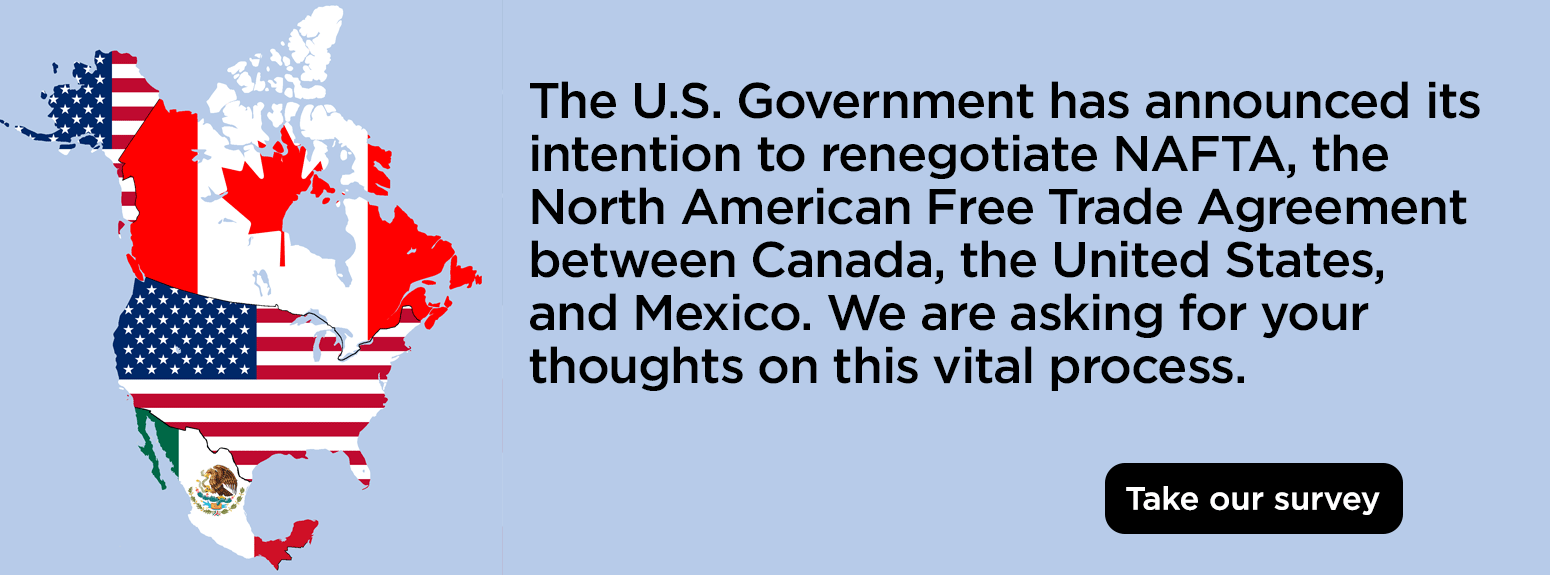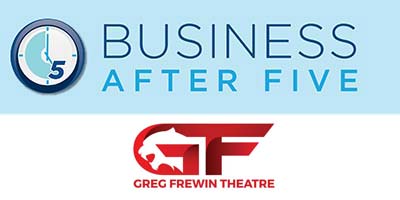
The Government of Canada is reforming the tax code. What does it all mean?
Canada’s tax code is complex and confusing. The original tax code was 11 pages long, passed in 1917 to raise revenue for the First World War; today, it is over 3,314. Many would say the tax code is in need of simplification and reform. But with a tax code already so lengthy, complex, and arcane that the average Canadian resident or business has little hope of understanding it, will the reforms simplify or just further confuse? In this post, we take a closer look at the government’s proposals, the rationale behind them, and the likely effects.
Finance Minister Bill Morneau has launched consultations regarding three tax practices that the government believes are being used to gain unfair tax advantages: income sprinkling, passive investment income, and capital gains. The government alleges that these practices are being used, in many cases, to shelter taxable income, leaving potentially hundreds of millions of dollars of unclaimed tax revenue on the table.
There are important terminological differences here. Tax avoidance is the legal use of the tax regime to minimize taxes paid, and almost all of us do this when preparing our tax returns since nobody likes paying more taxes than they could. Tax mitigation, aggressive tax avoidance, tax sheltering or tax neutral schemes are more of a grey area and, while usually technically legal, are often held to be unethical. It is through these practices, for instance, that Amazon in Europe was able to pay just €16.5m on revenues of €21.6bn in 2016 – a tax rate of 0.08% on revenue. Perfectly legal but, many would say, unfair to those taxpayers who are shouldering the burden of taxation that Amazon has avoided.
Tax evasion, finally, is illegal avoidance of paying taxes – deliberately misleading the authorities about income, profits, or deductions – and conjures up images of Swiss bank accounts and black marketeers, but is usually more mundane, such as failing to declare self-employment earnings in the sharing economy, or cash income, like tips.
Let’s take a closer look at the three tax practices that Minister Morneau has targeted.
Income sprinkling is when a high-income individual diverts part of their income to family members in lower tax brackets. Many family businesses legitimately split income between family members who work there – everyone contributes to running the business, and in this case, dividing income between them is perfectly fair. The government’s target is businesses where family members who do no work for the business nevertheless draw a paycheque from it purely so the family member who does work for the business can pay less tax.
The government’s proposals thus far have not been to eliminate this practice, but to verify that the recipients of income sprinkling are legitimately working for the business from which the income is derived. Adult family members will have to contribute commensurate with income received. A reasonableness test will be applied, which will be stricter for 18-24-year-old children. These rules will also introduce more stringent rules for trusts, which will make their rules parallel to those governing corporations and partnerships.
In the case of family businesses where the family does work for the business, nothing is likely to change, but for business-owners paying part of their income to a spouse or adult child who has no association with the firm, the loophole is likely to be closed. Finance Canada believes around 50,000 Canadian families will be affected, and $250 million in tax revenue raised, although as the Canadian Chamber of Commerce has pointed out (PDF link), enforcing this will mean taxing over $1 billion in salaries and auditing hundreds of thousands of businesses.
Passive investment income is a practice wherein an individual shelters income by holding money in a corporation, and the government is not targeting investment in growing the business, but those who are only sheltering from a higher tax rate. Canada has very competitive corporate tax rates, the second-lowest in the G7, which is a policy that has been crafted to encourage business and economic growth, but can be taken advantage of by individuals through passive investment income.
Defining this would be troublesome, though. “Passive income” is a loose term which generally defines money that is earned regularly with little or no effort – returns and dividends on an investment portfolio or interest from savings accounts, although usually not rental income.
Passive investment income is a preferred income method for many, as it embodies the “put your money to work for you” attitude which holds that the best way to spend your money is to invest it to make more money. However, the government has also pointed out that passive investment income options are closed to people who derive their income for a paycheque, and thus, that it effectively offers a lower tax rate to investors – who typically have more money – than to wage-earners.
However, since “passive investment” also generally covers silent or limited partners in a business, who have put up a substantial stake in the business and definitely have an interest in growing the business and seeing it succeed, despite the fact that they have bowed out of operational decisions. Aggressively targeting passive investment income could definitely result in lower levels of investment in Canadian business, fewer startups, and slower growth.
Capital gains are dividends of the sale of “capital property,” as defined by the Canada Revenue Agency, at a profit, minus the expenses associated with the sale. If you purchase $1,000 of shares and sell them for $2,000 a few months later, you would have to report $1,000 in capital gains. The inclusion rate is 50 per cent, so $500 would be taxable income, but how much you pay depends on other things.
Since the capital gains tax rate is generally lower, high-income individuals can take part of their income as capital gains, for instance, through the sale of stock obtained via stock options. The government feels this offers an unfair tax advantage, since income not taken as capital gains – as salary or dividends – would be paid at the regular personal income tax rates.
There is already an anti-avoidance rule which prevents individual shareholders from converting salary or dividend income in some circumstances. The government’s proposal is to broaden this rule, and make more such transactions count as dividends, not capital gains. There will be an “anti-stripping” anti-avoidance rule, with a purpose test.
The general theory is to eliminate tax breaks which are offered to business owners and the wealthy which are unavailable to employees, salaried workers, and the working and middle classes. However, these plans have been criticized.
These new measures may end up making tax filing more complicated, not less. For example, passive investment income changes would mean that business operators have to identify the various sources of investments in the business and apply separate tax rates to each. A small business would also potentially have to justify income paid to any family members, increasing their regulatory burden. This is expected to be particularly onerous for family members aged 18-24, yet for family businesses, this is the reality and will likely not change anything but to add paperwork when filing tax returns. On the other side, Revenue Canada will have to conduct more audits to ensure compliance.
Restricting capital gains is likely to hinder succession planning by making it more difficult to transfer a family business to the younger generation. The government is considering this, and has signaled that it is interested in hearing suggestions for succession planning or otherwise helping business owners pass on their businesses to family without running afoul of the new rules.
Passive investment is not just a tax avoidance strategy, but also a legitimate means of investment in business growth. More stringent rules on the practice might increase effective revenues for the government, but it could also have a chilling effect on business investment in Canada. The government is also seeking suggestions on how it can avoid passive investment as a tax-avoidance strategy, but still encourage growth and job creation through business investment.
Some self-employed professionals are objecting to these potential changes. The Canadian Medical Association has objected, for instance, arguing that they do not benefit from health benefits, pension plans, or other benefits offered to salaried individuals, but will now lose some of the benefits of self-employment. Doctors and medical professionals in Ontario were only allowed to incorporate about 15 years ago, after bitter arguments over fees, as a concessionary measure – a measure they may be about to lose.
Others have sought to remind the government that self-employed individuals are often not wealthy, and that these measures would target not only large corporations but also incorporated small businesses and one-person operations, such as tradespeople, restaurants, farmers, or retail stores. Unlike employees, business-owners staked their own money or pledged their own assets to get the business started and do not get many of the benefits of salaried employees, such as pensions, benefits, or vacation pay.
The government is open to receiving comments and suggestions until October 2, 2017. We invite you to submit written comments to fin.consultation.fin@canada.ca. Some parts of your submission may be made public – for more on the rules of disclosure, how you can ensure that part or all of your submission remains private if you so desire, and other information, see the government’s web page.
Are you concerned about this legislation? The GNCC would like to hear your thoughts as well, which will help us shape our policy response to the proposed tax reforms. Please take our four-question survey. The GNCC will advocate for the business community directly and with our Members of Parliament, and will work towards a tax reform strategy that is fair to businesses and builds prosperity in Canada.

 The First Annual Niagara Falls Night Market and International Food Festival is an incredible outdoor event being brought to the Niagara Region for the First time from the same creators as Toronto’s wildy popular Ford Waterfront Night Market and will transform a huge outdoor space into an unforgettable event for visitors Sept 2-3 from 2 – 11 pm.
The First Annual Niagara Falls Night Market and International Food Festival is an incredible outdoor event being brought to the Niagara Region for the First time from the same creators as Toronto’s wildy popular Ford Waterfront Night Market and will transform a huge outdoor space into an unforgettable event for visitors Sept 2-3 from 2 – 11 pm.


 A memorial to commemorate the 137 workers who lost their lives during the construction of the Welland Canal is one step closer to completion.
A memorial to commemorate the 137 workers who lost their lives during the construction of the Welland Canal is one step closer to completion.















